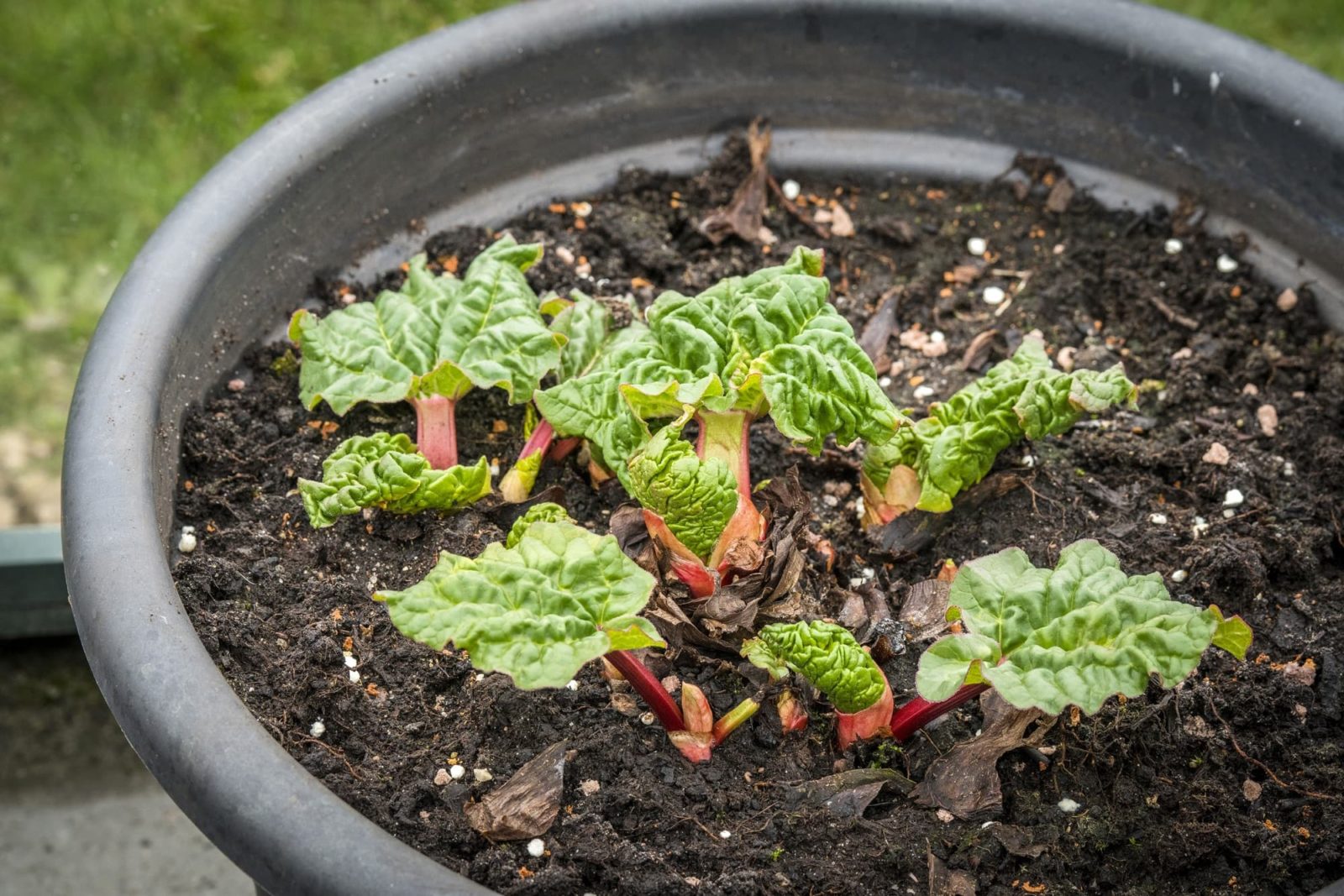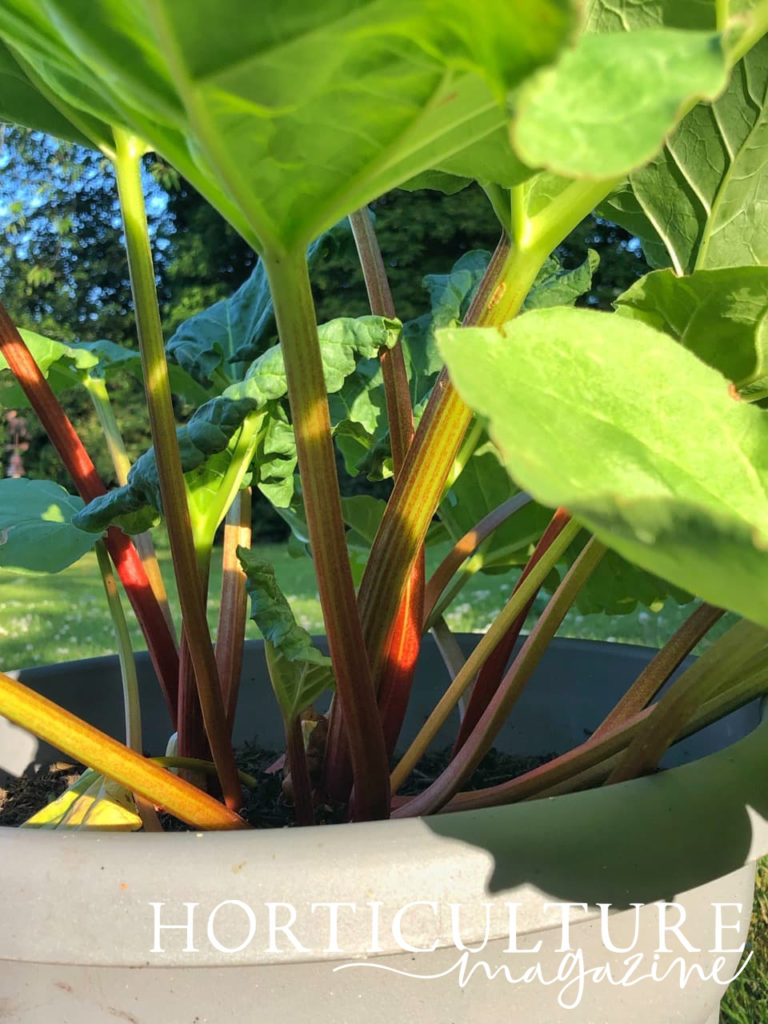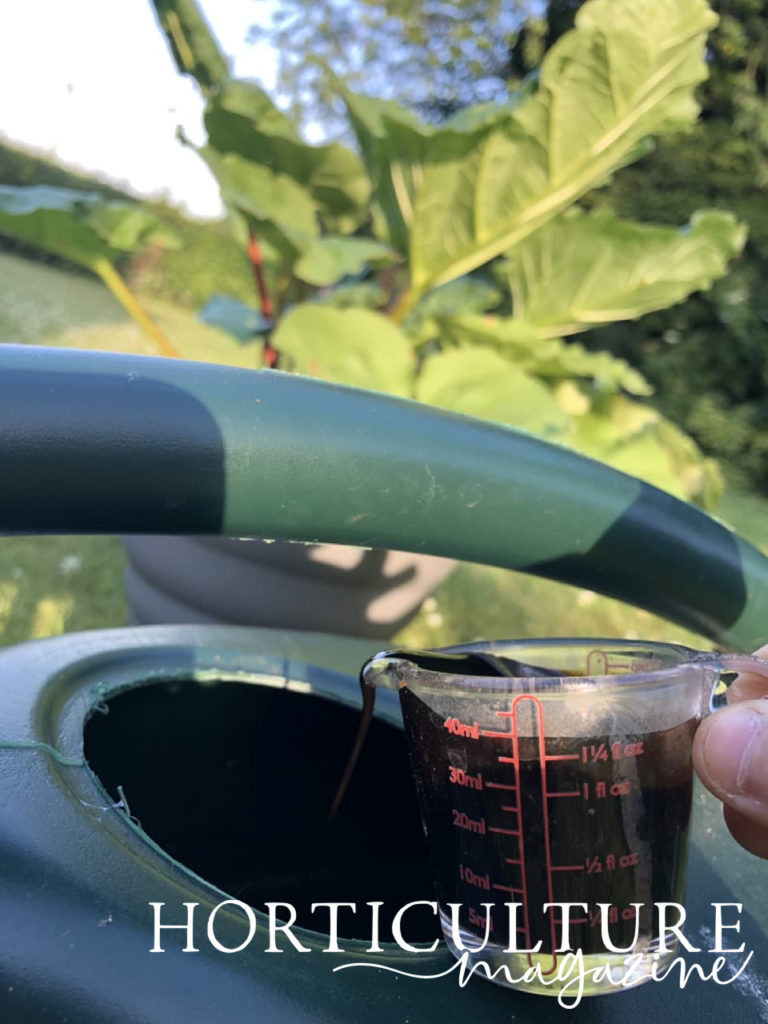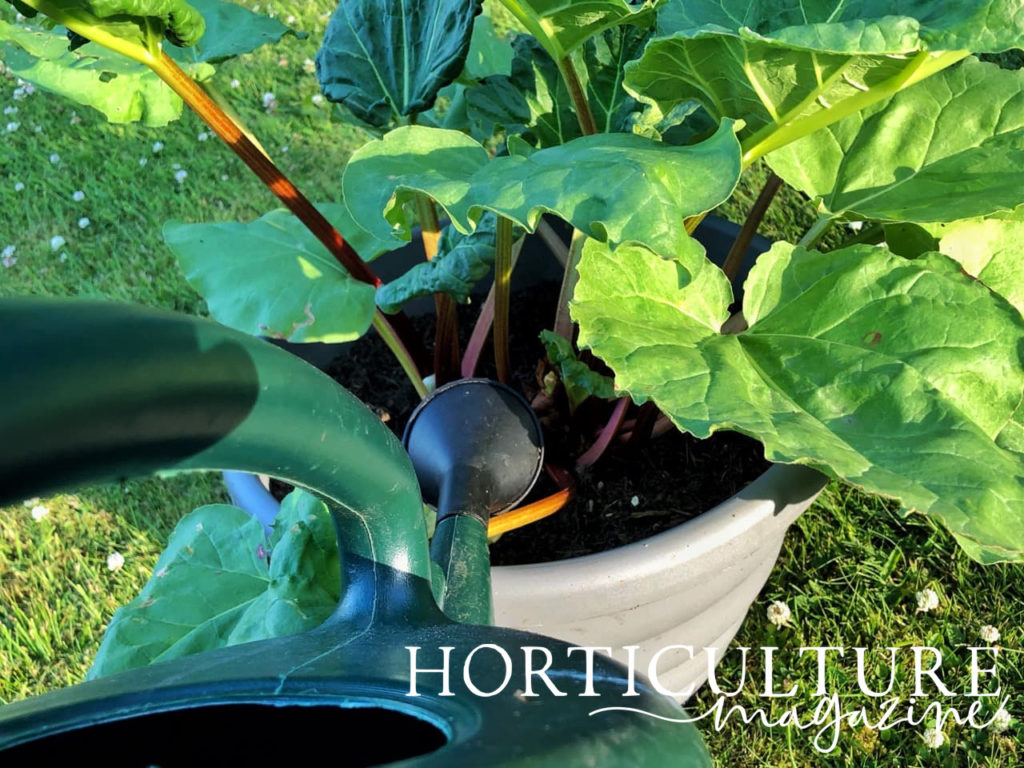Rhubarb Can Be Grown In Containers Where Space Is An Issue – Just Don’t Let Pots Dry Out

PERENNIALS > RHUBARB > CONTAINERS

Ed is a horticultural therapist, professional gardener and writer. Ed has a BSc in Occupational Therapy from Coventry University and a Diploma in Social and Therapeutic Horticulture (DipSTH) via Thive, the RHS and Pershore College. Ed runs a community kitchen garden in West Sussex, where he leads horticultural therapy sessions.
Reviewed By DAN ORI

Dan has over 27 years’ under his belt caring for plants and gardens. Working as a Horticultural Instructor and Consultant, he draws on a diverse range of experience that includes working as a Head Gardener, Tree Surgeon, Garden Centre Trouble Shooter, and writer of academic papers. Dan has a Level 3 Diploma in Horticulture and is currently a candidate for the RHS’s most prestigious award – The Master of Horticulture.
Contributions From EMILY CUPIT

Emily is a Gardening Writer, Photographer and Videographer from Derbyshire, UK. She is the Founder of Emily's Green Diary - a community of more than 75,000 people who share in her gardening journey.
IN THIS GUIDE
RHUBARB GUIDES
Companion Plants
Container Growing
Feeding
Forcing
Harvesting
Overwintering
Pruning
Splitting
Thin Stalks
Varieties
Yellow Leaves
Rhubarb is a perennial vegetable that is well suited to container growing in the UK climate.
Grown for its delicious and colourful stems, it is easy to care for and will provide a harvestable crop for many years to come.
Can You Grow Rhubarb In Pots?
Rhubarb is typically grown in the ground and is a staple of allotment and vegetable patches nationwide.
However, if space is an issue, it can grow well in a large pot or container as long it is well watered, as pots tend to dry out more quickly, especially during the warmer months.

A benefit of growing rhubarb in a container is that it can be moved to a spot where it will receive full sun during the growing season and out of sight when it is dormant.
Along with if necessary, providing some protection from late frosts, which even though rhubarb is hardy, can damage the young stalks.
Choosing Your Container
Rhubarb is a large plant and can grow up to an eventual size of H1m x W1m producing a deep and wide root system as it matures.
When choosing a container to grow rhubarb in, it needs to be at least 50cm wide and deep and preferably larger in order to accommodate the size of the plant.
The material of the container is not as important as its size.

Terracotta is often preferred for aesthetic reasons, although it can be prone to frost damage.
Wine or whiskey half-barrels are often used for growing rhubarb due to their large size and will often last longer than the plant.
Whatever container is chosen, rhubarb thrives in well-drained soil, so any pot or planter must have adequate drainage holes present for any excess water to drain away freely.
Choosing Compost

Rhubarb plants are hungry feeders and choosing the right compost is important to give them the nutrients they require to produce good size stems to harvest.
That being said, rhubarb is relatively unfussy about where it is grown and can tolerate almost any soil, as long as it is not waterlogged which can lead to the crowns rotting.
When growing rhubarb in a container, a rich soil-based compost such as John Innes no. 3 with some well-rotted manure added will help encourage a bountiful crop of stems to harvest.
Potting Up Rhubarb
Rhubarb can either be bought as dormant plants in the winter or when in leaf from spring onwards and can be planted on purchase either way.
Dormant plants are best planted straight away, unless the soil is frozen or waterlogged and temperatures are below freezing.
Actively growing plants can be planted at any time, although it is recommended to avoid planting them out during the peak of the summer, when the plants may struggle.

To plant up a dormant crown, fill the chosen container with the prepared soil mix and plant the crown so that the growing tip is just below or at the desired soil level.
Gently firm in the soil around the crown and water thoroughly to avoid any air pockets.
To pot up an actively growing plant, the method is the same except that the plant should be planted at the same depth it previously was.
How Many Can You Plant Per Pot?
Advice on spacing between rhubarb plants when grown in the ground is generally from 70cm to 1m, as the plants can grow quite large.
When grown in containers it is generally recommended that one plant per pot is enough, unless you have a large raised bed that could accommodate several plants at the spacing recommended for the variety.
Potted Rhubarb Care
Looking after rhubarb grown in containers is not dissimilar from when they are grown in the soil.
However, the availability of moisture and nutrients may be limited and should be supplemented when grown in a pot.

Rhubarb like moist but not waterlogged soil, you can help avoid crown rot by planting the crown at soil level and not mulching over the crown.
Plants need to be watered regularly, especially during the summer months when the rhubarb is actively growing.
As previously mentioned, rhubarb requires fertile soil to produce a good crop.

As with ground-grown plants, container-grown rhubarb will benefit from an annual mulch of well-rotted manure in spring, which will help feed the plant and conserve moisture over the warmer months.
Along with mulching, a general-purpose fertiliser can be applied in spring when the plant is growing to give it a boost for the growing season ahead.
Forcing Rhubarb In Pots
Forcing rhubarb is essentially the process of excluding any light from the plant, in order for it to produce an earlier, sweeter and softer crop of stalks.
Container-grown rhubarb can be forced as if it is grown in the ground.
However, once forced, the plants need a break from being harvested for the rest of the summer and even the following year.
So, unless you have multiple rhubarb plants to rotate forcing between, it may not be worth it.
